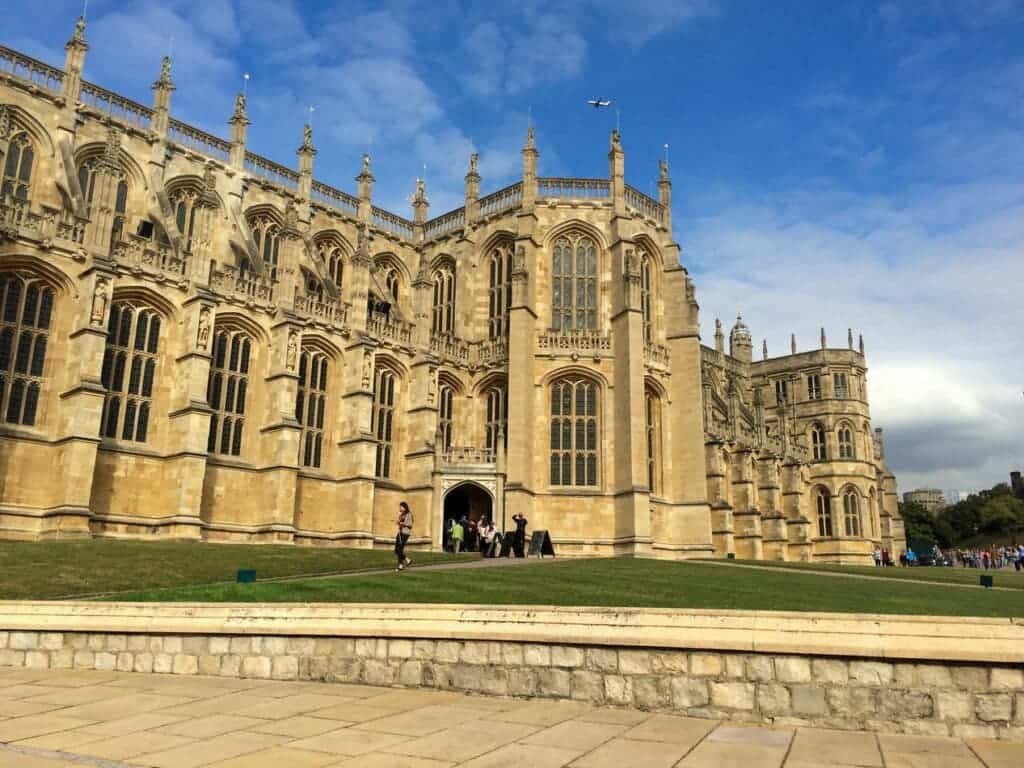They didn’t have Netflix, Twitter, Starbucks. But that wasn’t nearly the worst of it. Daily life in medieval Britain seems to have been a tale of broken bones and bad, violent behavior. New research from Cambridge reveals how tough it could get for men and women to keep body and mind intact between the 10th and 14th centuries.

The level of hardship endured by Cambridge’s medieval inhabitants is chilling. University of Cambridge researchers used X-ray analysis to discover evidence of skeletal trauma in the remains of 314 individuals from three cemeteries in Cambridge, England. They used X-ray analysis.
According to a university’s press release, severe trauma was remarkably prevalent in medieval Britain.
“Severe trauma was prevalent across the social spectrum. Life was toughest at the bottom – but life was tough all over.” One friar had lived with defensive fractures on his arm and signs of blunt force trauma to his skull. “Such violence-related skeletal injuries were found in about 4 percent of the population, including women and people from all social groups.”
The investigators said life, however, took its hardest physical toll on the working poor.
“Ordinary working people had more ‘skeletal trauma,’ likely through accident and injury while laboring in agriculture and construction,” said the caption in a video posted on YouTube by the university. The findings of the team have been published in the American Journal of Physical Anthropology.
The team analyzed bones from medieval burial sites, determining the nature of the breaks and fractures, with each bone fracture cataloged. The study authors stated that “Skeletal trauma was highest in All Saints parish burial ground, indicating that the poor, whether working urban or rurally, had the highest risk of injury. The pattern and types of fractures observed suggests that males experienced more severe traumatic events than females. However, females that were routinely involved in manual labor were also at increased risk of injury.”
Marks of abuse
Researchers found different types of fractures. Some fractures suggested personal histories of violence and domestic abuse was a likely culprit. One older woman buried in the parish grounds appeared to bear marks of lifelong domestic abuse. The damage she suffered was no joke: it was so severe that it’s hard to interpret it as anything else other than abuse.
“She had a lot of fractures, all of them healed well before her death. Several of her ribs had been broken as well as multiple vertebrae, her jaw and her foot,” said Dr. Jenna Dittmar, Department of Archaeology. Addressing the jaw, for example, Dittmar added that “Today, the vast majority of broken jaws seen in women are caused by intimate partner violence.”
But although the poor suffered the brunt of the damage, the rich weren’t spared from violence. The team visited three sites that carried remains from the poorest, also, the working poor, and the wealthy. One of the three sites, for example, was a friary with rich benefactors. Wealthy donors were buried there, but there was also a graveyard for the working poor. Yet another place was a charitable hospital that buried the infirm and the destitute.
Of the three sites, the Hospital of St John the Evangelist contained the fewest fractures. Established in the 12th century, the hospital provided help to the needy, offering help and spiritual care. Many of the folks there had evidence of chronic illness and would have been unable to work. Dr. Dittmar said, “We can see that ordinary working folk had a higher risk of injury compared to the friars and their benefactors or the more sheltered hospital inmates.”
The study authors note that “The highest prevalence rate was observed on the individuals buried at All Saints by the Castle (44%, n = 37/84), and the lowest was seen at the Hospital of St John (27%, n = 42/155). Fractures were more prevalent in males (40%, n = 57/143) than females (26%, n = 25/95).” Likely risky scenarios for incidents affecting bones — men may have worked in the fields with heavy ploughs pulled by horses or oxen, or lugged blocks and beams in town.









